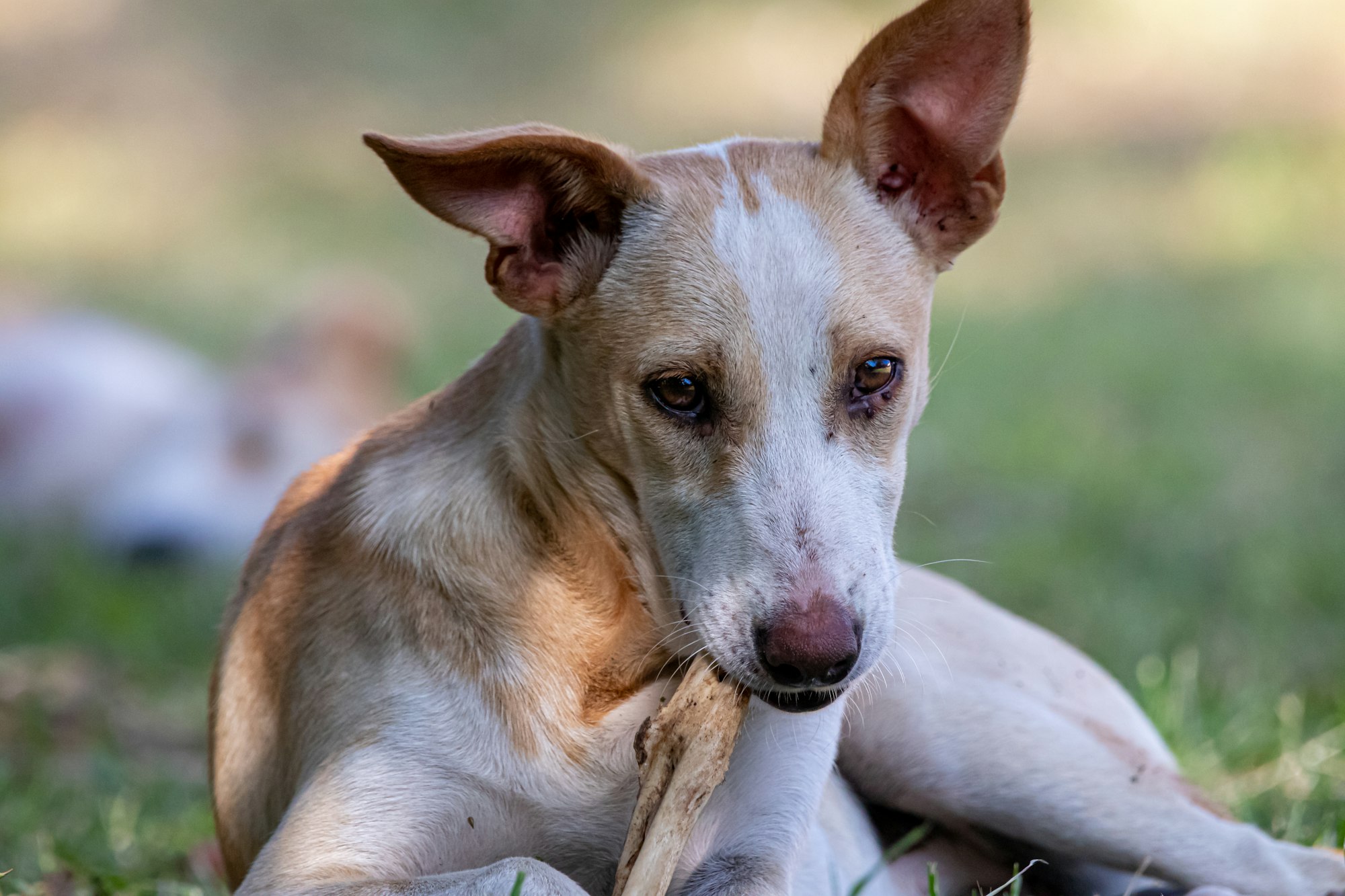Dogs eat bones as it's necessary for their wellbeing and health. Bones are also a source of entertainment for dogs that helps keep their teeth in perfect condition. People that own dogs know how challenging it is to choose the best bone for your dog at the pet store. The problem is that there are plenty of good bones as well as bad bones.
Choosing the appropriate size is as important as finding a nutritious one as you look for the best bone. The bone can be big such that it doesn't fit the dog's mouth to swallow whole but light so that it doesn't struggle to carry it around.
Dogs gnaw at the end of large bones and end up cleaning their teeth in the process. The more dogs gnaw at bones, the healthier their teeth will get. While these are some pointers to choosing the best bone for your dog, read further to know more about bones suitable for your dog.

What Bones Should I Pick for My Dog?
As many dog owners come to realize, not all bones are suitable for your dog. Some can pose serious health complications that lead to death. Some bones splinter and shatter as the dog chews on them. These sharp pieces can slice the mouth of young pups, and sometimes they can even swallow them, which can damage the gastrointestinal process and other internal organs.
Lucky for most pet owners, you can determine the right bone for your dog and save them from injuries. As dogs are of many sizes, bones also come in different sizes depending on your dog's bite force and chewing strength.
Large dog breeds are aggressive feeders, and feeding them thin bones is inappropriate. For example, lamb femurs are soft and can be crunched easily, which poses more risks for your dog to swallow large sharp pieces whole.
For large dog breeds, consider feeding them thick bones that allow them to gnaw at the ends and scrape their teeth in the process to prevent tartar from building up. If you own a small dog, cut its bones into smaller manageable pieces.

Types of Bones for Your Dog
The pet store has all kinds of bones. Here are some of the varieties you can choose from.
Raw Bones
Raw bones are the safest kind of bones for almost every dog and are classified into two categories.
- Nutritional raw bones
- Recreational raw bones
Regardless of the type you choose for your dog, be sure to boil them so that you can eliminate food poisoning incidences like salmonella. Recreational raw bones are play toys for your pup and are usually sourced from sheep and cow bones because they are difficult to chew on and won't shatter easily.
But no matter how safe you think a bone is, always monitor its condition before giving it to your dog to chew or play with. If it has parts chipping off, then it becomes dangerous for your pup.
Nutritional dog bones can be mixed with your dogs' meals. Such bones are often soft and brittle, and pups can easily grind them before swallowing. Also, you can ground bones to dust and add them to your pup's diet, which is one way to supplement your dog's intake of phosphorous and calcium.
Edible Raw Bones
If you are looking for long-lasting chew bones, edible raw bones are the best. They are digestible, and the healthier alternative to rawhides, but they come without the marrow.
Edible raw bones contain phosphorous, calcium, and other trace minerals essentials for the healthy growth of pup. Edible raw bones can last between 15-45 minutes, but this depends on the kind of chew bone you pick. Supervision isn't as strict or necessary as with rawhides.
Digestible Chews for Dogs
Some other body parts like tendons are rich in protein and offer low-fat treats, making up the perfect chews. Dogs can completely digest these body parts.
The best kinds of digestible chews are bully sticks, and they come in various sizes and shapes suitable for all kinds of dog breeds. Besides tendons, digestible chews can comprise tracheas and beef cheeks.
Feeding your dog digestible chews as tracheas supplement them with joint-building cartilage, especially for old dogs that suffer from arthritis. Collagen and beef cheeks supplement your dogs' amino acids that nourish the skin, coat, gut, and joints.
Antlers
Antlers are among the long-lasting and hardest chews you can provide for your dogs. Elk antlers are spongier and soft on the inside, while deer antlers are hard and dense. You can split the antlers to allow your dog to reach the nutritious marrow. The antlers will lose taste over time, but you can always soak them in chicken broth or smear some tasty morsel to make them tasty again.
Why You Should Avoid Cooked Bones
A common mistake for most dog owners is feeding their pets cooked food. Bones become brittle after roasting or cooking and can easily shatter, injuring your dog regardless of age and size.
Cooked bones from your home or pet store are dangerous. Besides posing a choking hazard, they can have harmful spices on your dog, leading to stomach upsets or death.
Conclusion
No matter the kind of bone you choose, choking is a major concern, and you can avoid this by buying the appropriate bone size for your dog. The best way to determine size is by buying a bone bigger than your dog's muzzle.
Even if you trust your pet store to have the best bones, never leave your dog unsupervised when feeding them chew bones. Monitor every play session and check for wear and tear because bones break when saturated with saliva and a determined bite force.

